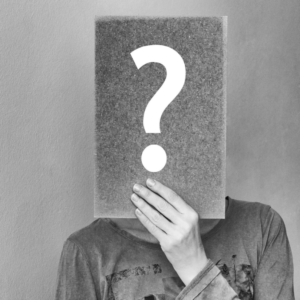Anxiety is a common mental health condition that is thought to affect up to two million Australian’s every year. It is characterised by feelings of apprehension and fear and can come on when you least expect it. Anxiety can be chronic and debilitating and can affect every aspect of a person’s life, health and well-being. People who suffer from anxiety are thought to have an increased risk of having another psychological condition such as depression, have an increased risk of cardiovascular disease and are more likely to be less physically active than those who don’t have an anxiety disorder.1
There are many proven effective treatments for anxiety including seeking the assistance of a counselor, GP or psychologist to talk to, various medications and cognitive behavioural therapy. Physical activity as an adjunct to standard treatment is becoming more and more recommended due to it’s emerging benefits in the area of mental health. Evidence has suggested that adults who engage in regular physical activity are more likely to experience fewer symptoms of anxiety and depression than those who don’t.2 Other studies have shown that adults who participated in a single session of physical activity reported significantly lower symptoms of anxiety after the exercise compared to prior.3
There is no current evidence that points to a specific type or amount of exercise being more effective in managing anxiety. The evidence has shown that both aerobic activity and anaerobic activity are effective in lowering anxiety symptoms, however exercise that is high in intensity is thought to have greater effects in both the short and long term than low intensity work.2
When anxiety is at its worst, exercise is one of the last things you may feel like doing so using some of these simple tips can make exercise seem more achievable:
- Choose something you enjoy doing – swimming, walking or even dancing are great ways of keeping active.
- Invite some friends or family members to join you – exercising in a group is fun!
- Set small achievable goals- you don’t have to be able to run a marathon straight away, even 10 minutes of activity will help with symptoms.
- If you feel uncomfortable exercising in crowds or at the gym there are plenty of ways to exercise at home using basic household items.
Although your Physio is not the first person you may think of when seeking help for anxiety, they can be great at helping to guide and set a home or gym exercise program along with recommending forms of physical activity that may be both enjoyable and suitable for you.
If you need to incorporate some more exercise into your routine contact one of our friendly Physio’s at Bend + Mend in Sydney’s CBD. We would love to help you.
References:
- Stonerock, G. L., Hoffman, B. M., Smith, P. J., & Blumenthal, J. A. (2015). Exercise as Treatment for Anxiety: Systematic Review and Analysis. Annals of behavioral medicine : a publication of the Society of Behavioral Medicine, 49(4), 542–556. doi:10.1007/s12160-014-9685-9
- Anderson E, Shivakumar G. Effects of exercise and physical activity on anxiety. Front Psychiatry. 2013;4:27. Published 2013 Apr 23. doi:10.3389/fpsyt.2013.00027
- Aylett, E., Small, N. & Bower, P. Exercise in the treatment of clinical anxiety in general practice – a systematic review and meta-analysis. BMC Health Serv Res 18, 559 (2018) doi:10.1186/s12913-018-3313-5






